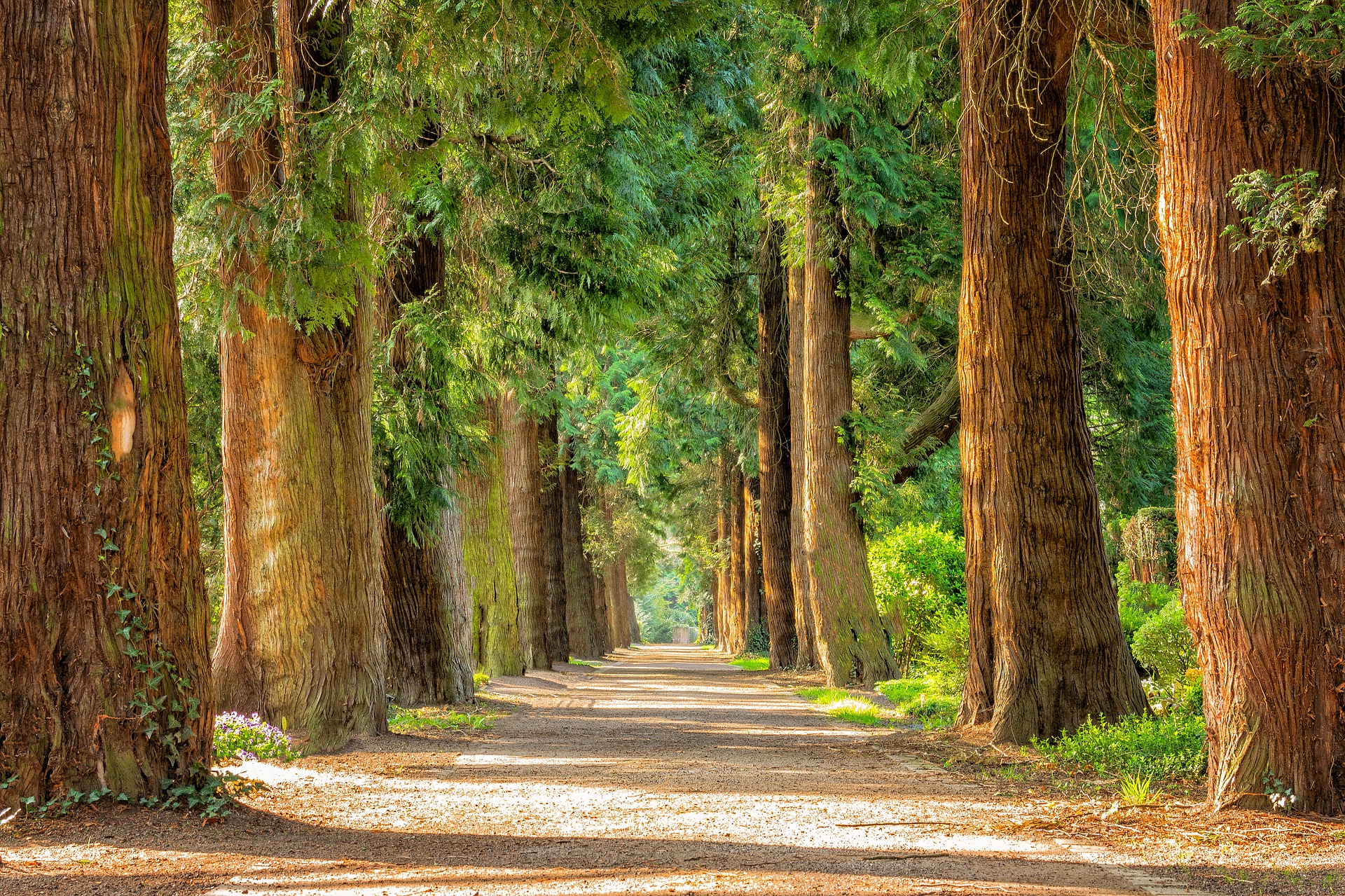
It’s an oft-stated statistic that by the year 2050, approximately two thirds of the world’s population will live in cities. And as more and more of us cram ourselves into developed areas, there’s ever less room for parks, farmland and gardens. Aside from the negative impact the loss of natural vegetation has on the environment, it’s bad for our mental and physical health too.
But as some cities, companies and communities are showing, human development doesn’t always have to mean nature loses entirely. From urban farming projects to clever urban landscape architecture, the natural and built environment can co-exist together.
Local food production
As cities get larger and farmland is located further and further away, it becomes harder for residents to gain access to fresh produce. And because the produce available in the grocery store is often trucked in from miles away, prices go up – as well as the entire system’s carbon footprint. And with the possible exception of flash-frozen foods, the nutritional value of vegetables decreases the longer it takes for them to reach the consumer. Nowhere is this more important than in the developing world – but some cities have had massive success in reversing this trend.
In Havana, Cuba, residents and government worked together to address the nation’s food shortage – a legacy of the Soviet Bloc collapse and US fuel export embargoes. Their answer was the creation of the Urban Agriculture Department, which assisted would-be gardeners with securing land rights for organic gardening. Backyards, balconies, and even empty city lots were all transformed into productive land – and it worked. Today, more than half the produce consumed in Havana is actually grown within city limits.
And in Tanzania, the Department of Rural Development and Regional Planning encouraged and supported residents of Dar es Salaam to practice urban gardening. By 2011, 68% of residents were actively growing vegetables and even raising livestock within the city. An amazing 90% of the vegetables and 60% of the milk consumed in the city are now produced locally.
Engineering with plants in mind
Loss of an area’s existing natural vegetation to make way for infrastructure often has other, less desirable side effects. Without the interlocking system of roots, exposed land can quickly fall victim to severe erosion – not just resulting in the loss of valuable topsoil, but compromising the strength and stability of slopes and drainage systems.
The use of geocell engineering, however, where a honeycomb-like lattice of highly durable Neoloy cells are laid-out as a supporting ‘mattress’ makes it possible to incorporate revegetation schemes and a green landscape in challenging steep and unstable slopes! The shape of the cells make them ideal planters for vegetation on any slope, to reclaim areas re-engineered after construction. .
Green retaining walls for steep grade-changes or unstable slopes are one such example, but in Israel and Holland, geo-technologies company PRS Geotech has demonstrated another use. Like building regulations in most urban areas, by law in Israel, areas around tall buildings must have emergency access for emergency vehicles such as fire trucks need to be able to get up close to buildings s. Traditionally, this has meant a hard pavement surface needs to be incorporated around buildings. But because the load support provided by geocells alone is sufficient to support even heavy vehicles, these areas can now remain green spaces with grass cover.
The same concept is being applied in Holland. Areas which only require occasional parking – such as emergency shoulder lanes on highways and temporary parking bays for events – are using this geocell technology to create green turf pavements where there would normally be paving, asphalt, or concrete.
The green roof revolution
Even the most built-up of cities have the potential to add greenery in the form of rooftop gardens and planting. Not only do these roofs create a green oasis in an otherwise gray and lifeless landscape, they can make the building that supports them more efficient too. Green roofs can lower cooling costs, reduce stormwater runoff, and even help purify the air of polluted cities. Again, the same geocell soil protection system can be used on flat or especially sloped roofs to protect topsoil from erosion and provide mechanical protection for turf or vegetation. And some cities are taking their potential very seriously. In Denver, Colorado, the public voted in favor of legislation that requires any new building with an area of 25,000 square feet or more to include a green roof, solar panels, or ideally both!
Greening our urban areas has so many positive effects – from reducing stress and anxiety and encouraging exercise, to increasing the prosperity and self-sufficiency of residents, and simply making our cities nicer place to live in. And as these examples show, it really doesn’t have to come at the price of development – in fact, it’s usually quite the opposite.